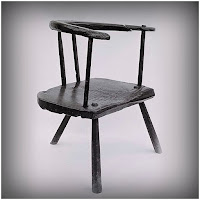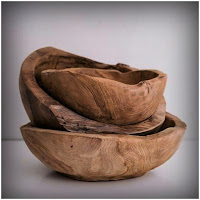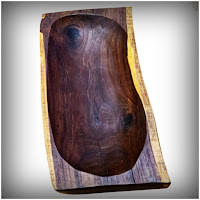Someone said somewhere that one should buy the things we absolutely need and beyond that we should make what we need and fill them with our aspirations and stories. Likewise, it is worth remembering that the proper way forward is that straight and narrow pathway from where ever we are to mediocrity. So go carefully and mindfully.
Wednesday, October 20, 2021
Sunday, October 10, 2021
zCbht7250
CLICK ON AN IMAGE TO ENLARGE
CLICK ON AN IMAGE TO ENLARGE
CLICK ON AN IMAGE TO ENLARGE
CLICK ON AN IMAGE TO ENLARGE
CLICK ON AN IMAGE TO ENLARGE
CLICK ON AN IMAGE TO ENLARGE
NB: This tree and three more like it were planted as 'Street Trees' 50yrs before removal essentially for 'bureaucratic convenience' and without the community being provided with any real opportunity to comment. Engineering wise it wasn't necessary and its removal was contrary to 'expert arborial advice'. No amount of community representation was, nor would be, considered under any circumstance. Likewise, no consideration was given, nor would be given, to making the most of the 'treess values' . Then came the spectre of 'climate change' and more still along with the need to change – yet nothing much has. READ MORE HERE
INTRODUCTION TO THE THYER TREE VALUATION METHOD
In the 'civic circumstance' he Thyer Tree Valuation Method was developed in Sydney, Australia during 1984. It was distributed for public use in 1985 and there have been minor modifications since. The method is summarised and presented as a one page worksheet for ease of use. Personnel engaged in tree valuation should be qualified, experienced and knowledgeable in arboriculture and landscape assessment. They should also be trained in the use of this method. .
The method allows the calculation of monetary values for trees. It was designed to value trees on public or community owned land in city, town and suburban locations. It is assumed that tree values may be affected by the zoning and permitted uses of the land on which they grow. The method is not intended for use within bushland areas, or on rural land except near residences.
The valuation is an expression of the positive qualities of the tree, the contribution that tree makes to the landscape, and the extent to which this is appreciated. The calculated value is a statement of the importance of the tree to the environment and human community, not just to the owner of the tree. Owners and neighbours may calculate different values depending on their opinion of, or problems with a tree. Values calculated for trees on private land indicate the value of those trees to the community.
Damage caused by the tree, cost to repair that damage, and cost to repair or remove the tree must be valued separately. The method combines four factors to establish a Significance Index for each tree:
1. Size measures of height, side view of canopy area, dripline diameter, and girth.
2. Age of the tree.
3. Physical assessment of the tree and location.
4. Social benefit and how the tree is appreciated.
However, in the context of 'place' and cultural landscaping there are other 'value systems' that need to be considered in a cultural context and especially so in the context of significant and impending change relative to climate change, pandemic management etc.
Saturday, October 9, 2021
zCoPu85secju
CLICK ON THE IMAGE TO ENLARGE
One or two might just want to joint a
coalition of the willing after they've
been around the block again today
zCBab447809
Placedness, materiality, process, opportunity & need
CLICK ON AN IMAGE TO ENLARGE
CLICK ON AN IMAGE TO ENLARGE
CLICK ON AN IMAGE TO ENLARGE
CLICK ON AN IMAGE TO ENLARGE
CLICK ON AN IMAGE TO ENLARGE
CLICK ON AN IMAGE TO ENLARGE
CLICK ON AN IMAGE TO ENLARGE
Subscribe to:
Posts (Atom)























































